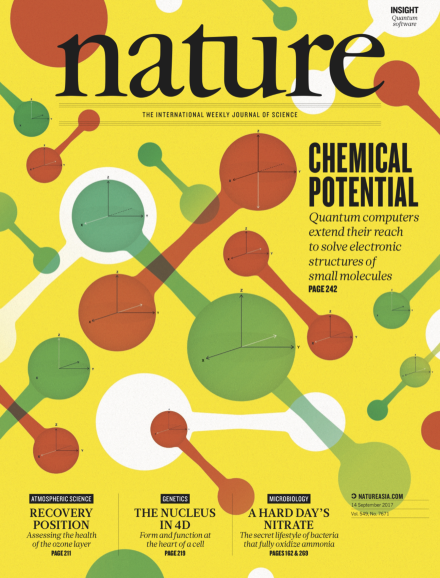Volume 549 Issue 7671, 14 September 2017
Editorial
World View
Seven Days
News
Correction
News Feature
Comment
Books & Arts
Correspondence
Correction
News & Views
Introduction
-
Quantum software
Insight:
Review Article
Perspective
-
The 4D nucleome project
Collection:
Article
Letter
Corrigendum
Erratum
Technology Feature
-
Protein maps chart the causes of disease
Collection:

